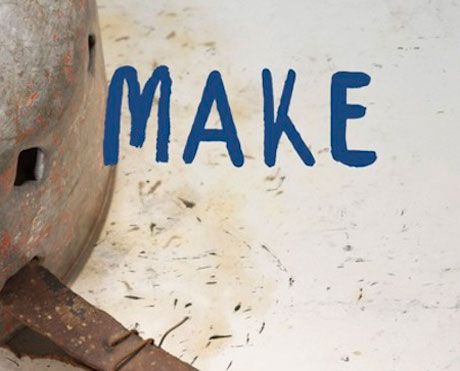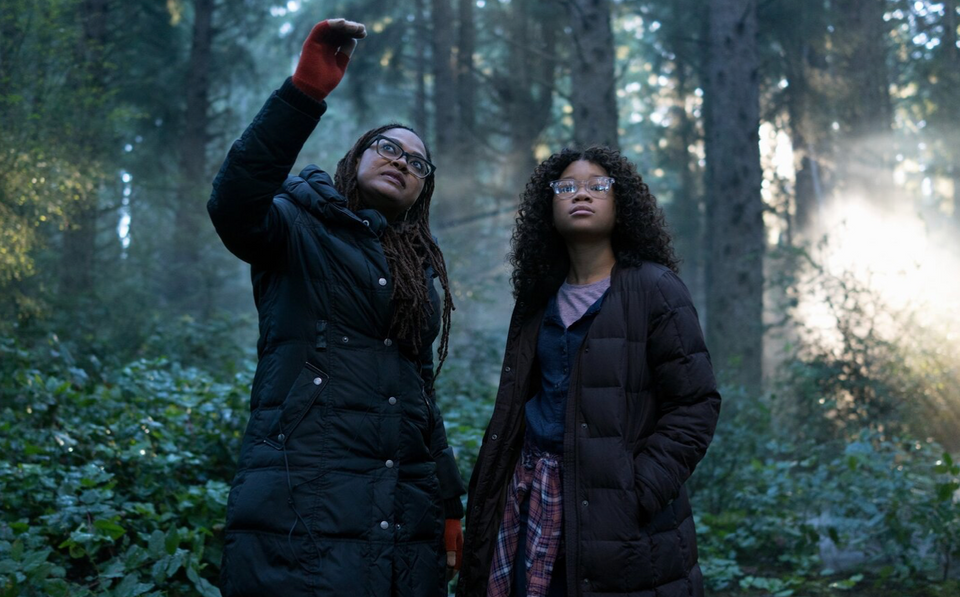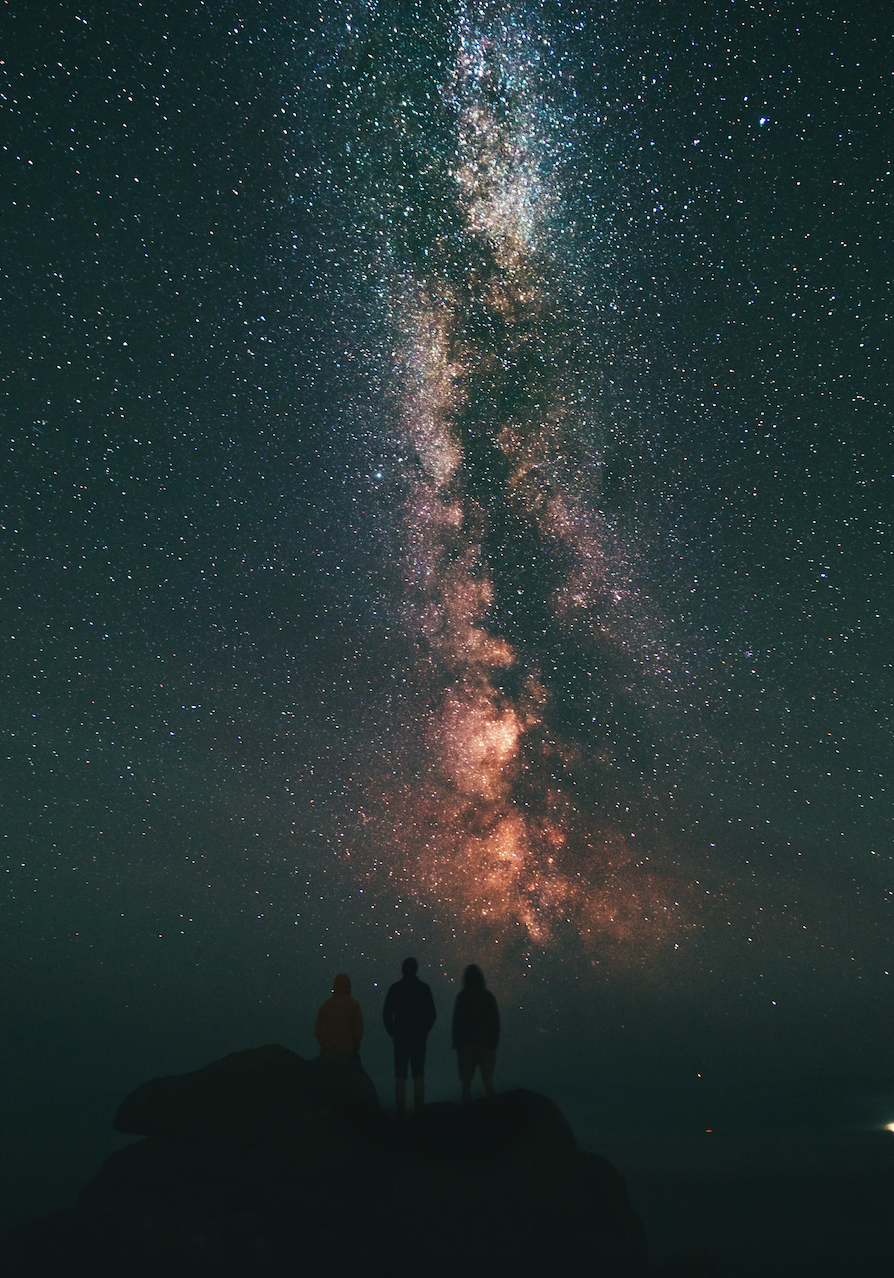Make is the brainchild of artists and filmmakers Scott Ogden and Malcolm Hearn. Produced by Asthmatic Kitty and released to DVD just this year, the documentary highlights the inspiring force behind the recording artist Sufjan Steven’s 2010 album, The Age of Adz. The film received good reviews from many a substantial source, while outsider art has been welcomed further and further inside.
Perhaps you ought to watch it.
With the approaching 20th year of the Outsider Art Fair in New York next month, or recent shows such as this summer’s Art in the Streets at the Museum of Contemporary Art Los Angeles, now is as ripe a time as any to view this documentary.
I say “perhaps” you ought to watch it only because the topic of outsider or self-taught art is slightly trendy.
But don’t hear me wrong in this. The topics are trendy for good reasons. (It is nonetheless worthwhile to note their trendiness.)
Via intermingling video clips, Make records the lives of four self-taught artists: Prophet Royal Robertson, Hawkins Bolden, Judith Scott, and Ike Morgan. Each has a profound obstacle – be it physiological or mental – through which she or he interacts with the world. What is said of Morgan could be said of each of them: because of his challenges with schizophrenia, and his “primary obsessions” with art, “he and the art are absolutely one.” The degree to which each artist’s difficulties isolate him or her from the outside world is so significant that it allows them complete focus on their work. Quoted both at the film’s beginning as well as at the finish, is the mentioning, however, that “every time we let one of those artists go by without talking to them, another library goes down.”
Viewed via this lens of amalgamating a visual “library” of sorts for self-taught artists, Ogden and Hearn have been highly successful with Make. Although Ogden discovered these four artists through the directors of Webb Gallery in Texas, there is little doubt that the movie provides a broader exposure for each of the artist’s work. Likewise, while the artists are seemingly well known in each of their four neighborhoods, the movie encourages an understanding of each artist’s work in terms of the wider canon of self-taught and outsider art.
Judith Scott is not just a deaf woman with Down Syndrome who was enrolled in an art seminar at Creative Growth in Oakland, CA. She is an artist who makes string-wound sculptures that carry a profundity to them that rivals other contemporary work. While her work may enter the dialogue surrounding outsider art, she is as much an individual as she is a part of the whole. (Repeatedly mentioned in the documentary is the reality that, making “aesthetic” choices, she is at once “defining herself as an artist, without knowing the term.”)
From Cinncinati, Hawkins Bolden, blind since the age of eight, creates sculptures with found objects that carry such intrigue that one would think that surely he’d seen the Picassos, Cy Twomblys, or David Smiths from which to draw inspiration or add to their dialogue. His ability to make decisive visual choices, apart from the seeing world, lends itself to further dialogue on the nature of both outsider art and art in general.
Both Ike Morgan from Austin, Texas, and Prophet Royal Robertson from Baldwin, Louisiana, are artists described as those who use their work as a means to “control the voices” and release the “colors no one else sees”. Their work is vibrant and convoluted, disturbingly dissonant yet surprisingly cohesive.
In presenting these artists by means of an intimate visual cataloguing of self-taught art, Make provides a forum from which one might more personally engage with the questions about life and art-making that arise during the film, be they on the nature of art and consciousness, “illness” and “genius”, or the general ongoing dialogue surrounding outsider art and the market.
Potential agendas or trends aside, Make is perhaps still best described via specific moments within it: the opening shot of an individual tennis shoe, swaying on itself, seemingly suspended in unknown space as the view shifts to a fly jittering about a wood floor, next to a dusty cassette player. Judith Scott’s therapist summarizes his fascination with her by relaying that she is “dwelling in a kind of state of consciousness quite remote from anything that we are familiar with.” Towards the documentary’s end the director of Phyllis Kind Gallery describes how artists seek to achieve this altered state via drugs or personal rituals, but that artists such as Ike Morgan are “always in the state.”
Outsider or not, these artists become insiders in their own right, leaving the rest of us on the periphery, intrigued and enticed.




